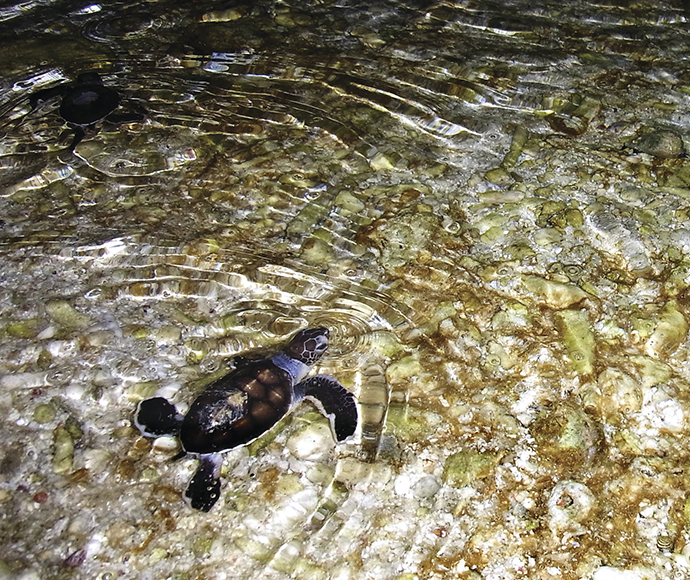The volunteer wildlife rehabilitation sector provides an invaluable service to the community that should be better appreciated, coordinated and supported to ensure it can meet future demands and expectations.
The NSW volunteer wildlife rehabilitation sector strategy outlines our actions to support the wildlife rehabilitation sector. It incorporates actions already funded through the NSW Koala Strategy, augmented by additional funding provided by the Foundation for National Parks and Wildlife through the Environmental Trust.
We published a 3-year report on our achievements to December 2023, celebrating the successes of the volunteer wildlife rehabilitation sector strategy. We have achieved significant support for volunteers and improvements to wildlife rehabilitation through implementation of the strategy's actions.
Following these strong results, the timeframe for the strategy has been extended to complete work already commenced.
Wildlife rehabilitation sector review 2024
While the work of the strategy continues, in 2024 we will be undertaking a new review to continue improving support to the wildlife rehabilitation sector.
This review will examine challenges, identify opportunities and help guide future support for the wildlife rehabilitation and associated veterinary sectors.
It will be led by the Parliamentary Secretary for the Environment, Ms Trish Doyle MP and will advise the Minister for the Environment, the Hon. Penny Sharpe MLC, of opportunities to improve support to the wildlife rehabilitation sector. We will publish a report on its findings.
Get involved
Stakeholder participation is vital to the success of the review to ensure the next steps are informed by those undertaking this valuable work. There will be a range of options for engagement: complete a survey, attend a roundtable or site visit in the local area as well as providing submissions.
Process for this review
| Date | Action |
|---|---|
| 9 September to 30 November 2024 | Discussion paper public consultation (submissions open) |
| November to March 2025 | Engagement with stakeholders via roundtables and site visits |
| 1 December to 28 February 2025 | Survey open to all members of the rehabilitation sector |
| February to May 2025 | Consideration of submissions, surveys and meetings to collate review report |
| June to September 2025 | Compilation and approval of report |
| October 2025 | Review report provided to Minister for the Environment |



